Access your work anywhere
Work anywhere, anytime. Ayoa offers complete flexibility with a selection of apps available to download for free.
DropTask, our world-leading productivity tool, has now changed to become Ayoa. With a number of incredible feature enhancements – digging for your best ideas, collaborating with others and getting things done is simpler than ever before. Start achieving your best work today with Ayoa.
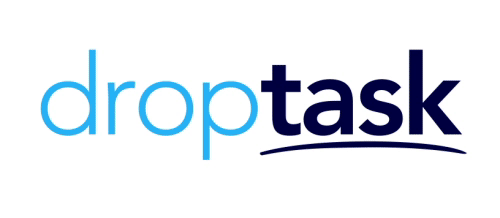
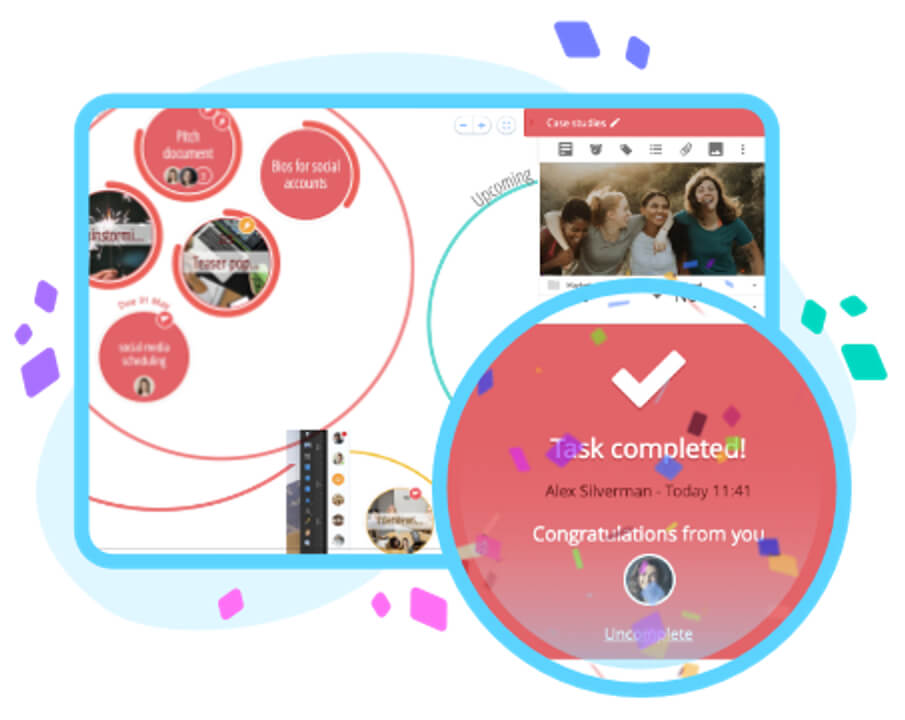
Ayoa has everything you need to get work done on time. From the multi-view flexibility of task boards for shared projects, to the personal space for prioritization in my planner.
Add due dates, urgency tags and update the progress bar – for work that’s always delivered on time.
Every task can be broken into as much, or as little, detail as you’d like. Assign teammates, add comments and attach files so that nothing goes astray – keeping everyone on the same page.
Enjoy flexibility for the entire team with multiple Task Board views to work from, including canvas, workflow, urgency lists, and Completed tasks view.
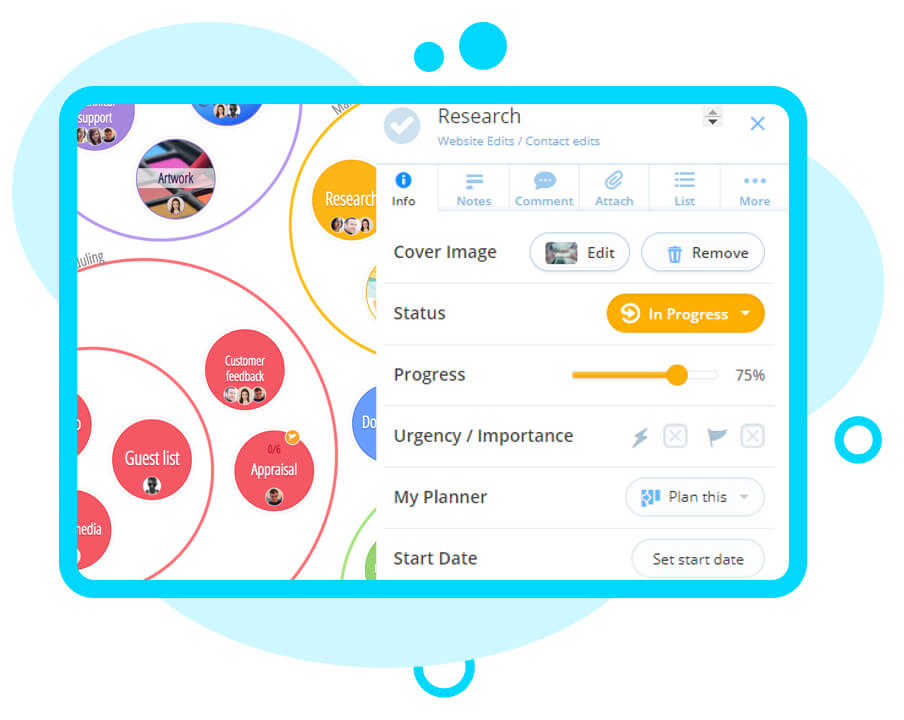
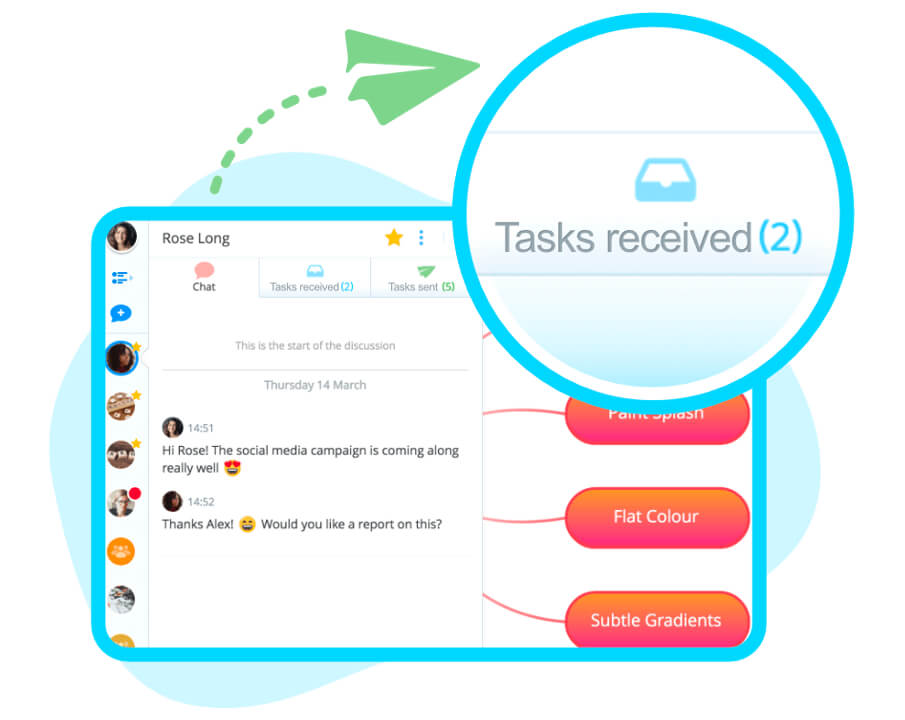
We know that tasks spring from conversations with colleagues. With the ‘sent’ and ‘received’ tabs in Ayoa chat you can easily turn conversation into action and make delegation crystal clear, for workloads which are shared out equally.
View your teammates’ current status to see who is available and share tasks with each other, so you can stay on track.
Transform the ideation process with mind mapping in Ayoa. Speedy, powerful and full of great features, Ayoa mind maps allow you to uncover your best ever ideas with unparalleled ease. For ideas that reap real results.
Say goodbye to overflowing email inboxes and communication which is spread across different channels. With Ayoa, you can work, collaborate and talk – all in one place.
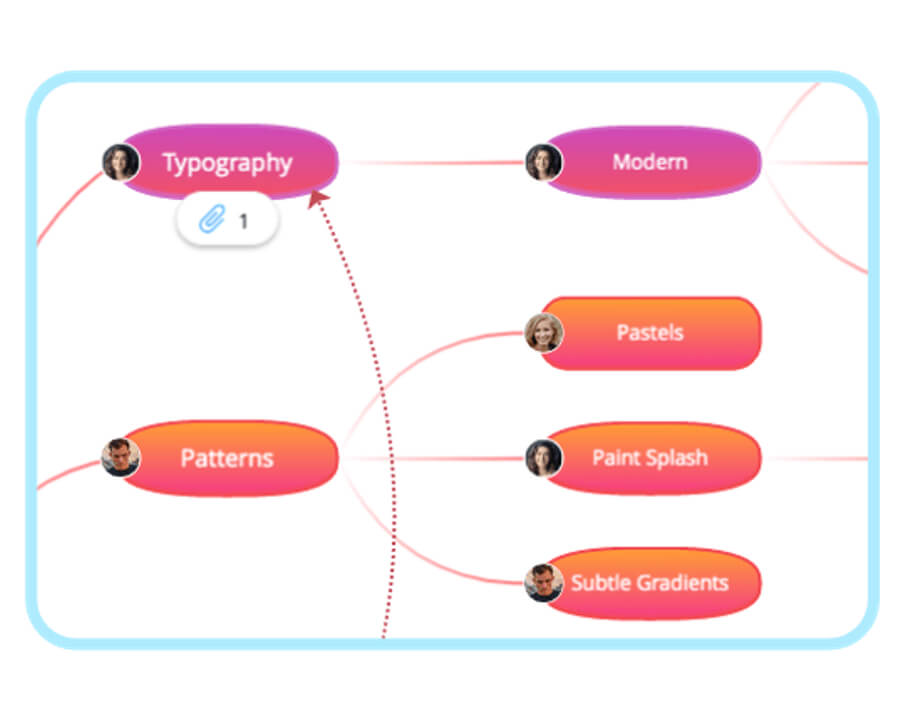
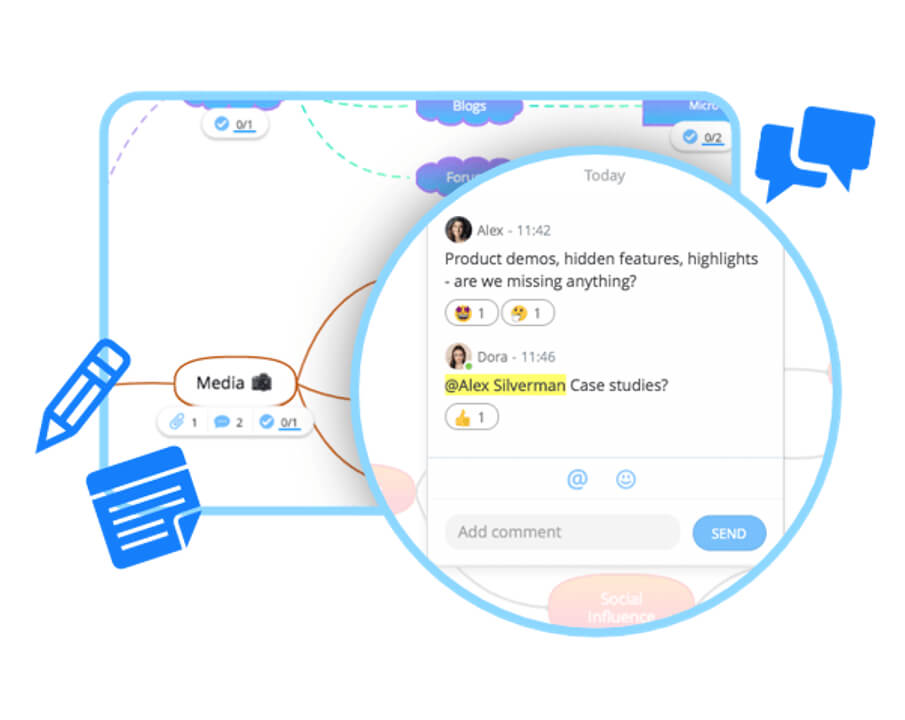
No more digging through emails and conversation threads. Discover meaningful chat with your team through both direct messages and group chats in Ayoa. Stop app-switching and save time with everything in one place.
Because growing innovative ideas and solutions is easy when everyone’s on the same page.
Stay on top of your workload and respond quickly to changing priorities using your Ayoa planner.
Work across all Task Boards, and schedule your tasks for now, next or soon, for powerful, personal prioritization.
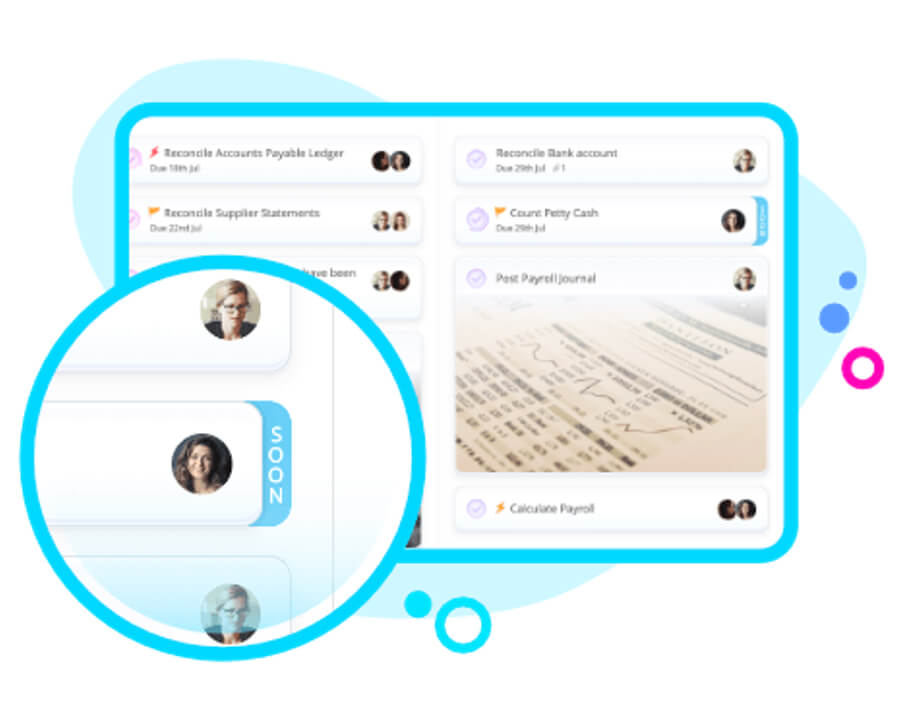
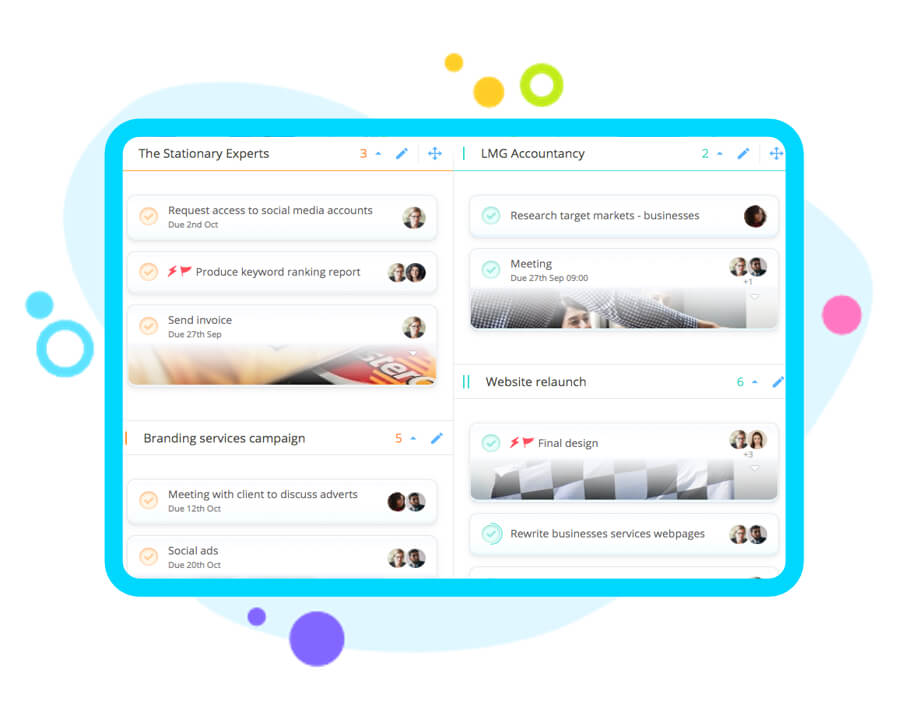
Create an unlimited number of Task Boards within Ayoa and setup a project in workflow view to organise your tasks in a linear fashion.
Perfect for managing everything from work sprints, to ongoing campaigns.
Prefer to work visually? Canvas view offers a spatial arrangement of colorful task bubbles, ideal for visual thinkers. Group tasks into categories and easily indicate assignees, by dragging avatars onto relevant tasks.
So you can seamlessly manage your work creatively and efficiently.
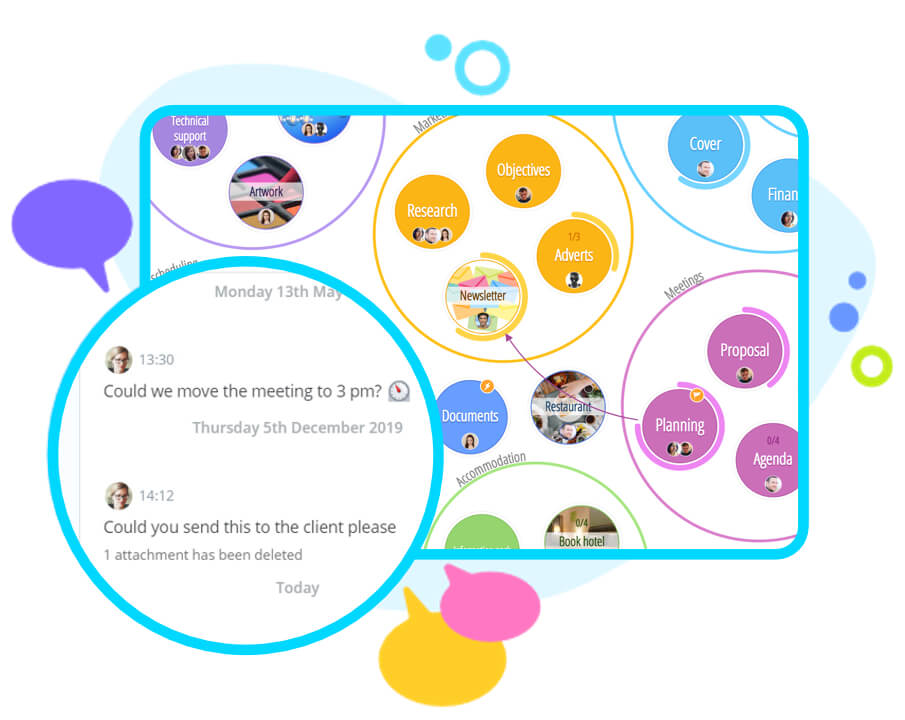
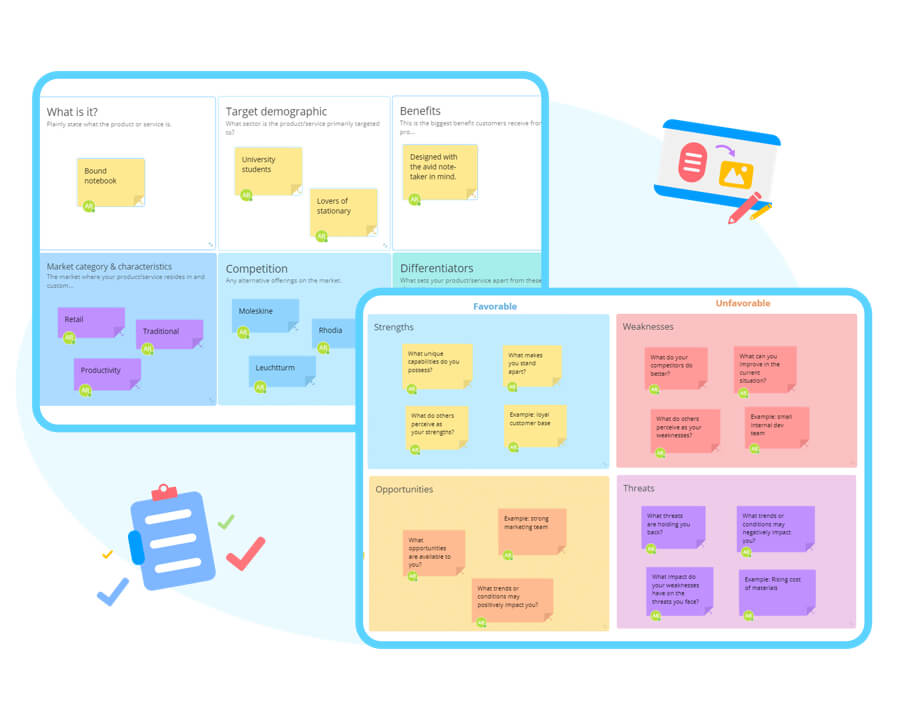
Want to work without limits? Whether you decide to choose a completely blank canvas or get started quickly with one of our premade templates, Ayoa’s new powerful whiteboard tool lets you go beyond simple task management.
Whether you’re planning a meeting or conducting an in-depth analysis, alone or with your team, the sky’s the limit with Ayoa.
Ayoa has lots of exciting changes to come and we’re constantly developing new features. Since DropTask became Ayoa, we’ve improved Ayoa chat, as well as introduced Gantt timeline view, video meetings and a powerful whiteboard tool.
And we’re not done yet! See what’s coming down the road by viewing our Roadmap page.
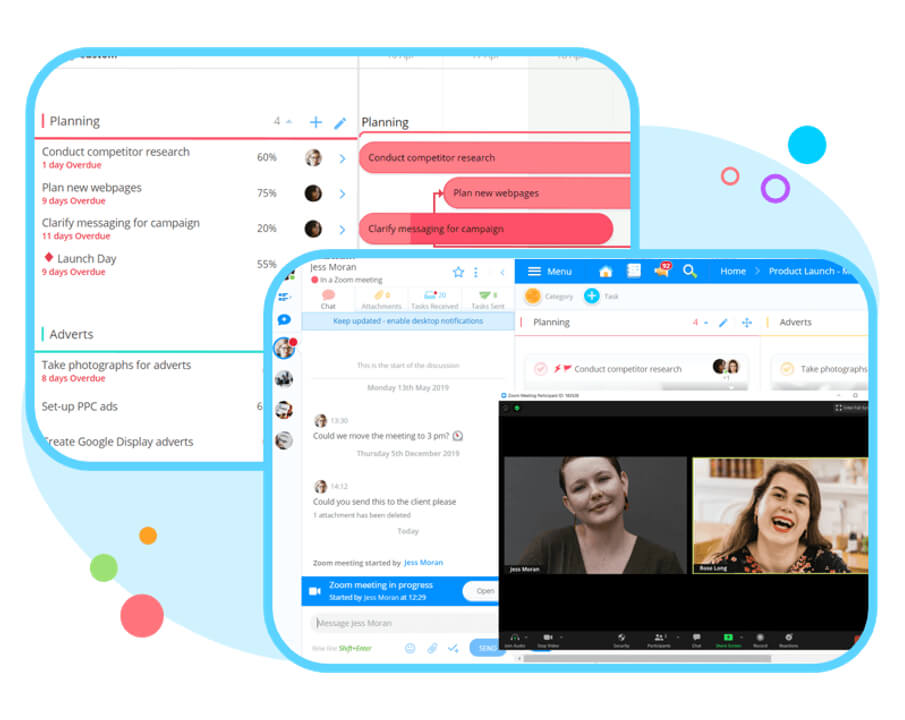
Or visit our Features page here to find out more.
Watch our video to get started with Ayoa:

“DropTask’s [Ayoa] visual style not only made it very easy to explain to everyone how it worked and why we should have it, but it also made all our staff enthusiastic to start entering their own work.”


“I’m really loving the mix of visual and text and the choice of views. I’ve left my Reminders and Trello behind (sorry), and this is all I use for both my business and personal to-dos. It’s easy and quick to setup and I’m in love.”

“DropTask [Ayoa] designs a picture for me to view work status. This makes collaboration so much easier as people can report what they want during the day, resulting in fewer phone calls, less paperwork (with information the team need to hand to me), and no to-do ‘lists’.”


“I’ve tried every organisational tool going I think, I’ve not tried something that has so seamlessly fitted in to my workflow with all features I need and more with a beautiful, usable UX, so much so that I subscribed to the business plan within ten minutes. Fantastic job guys.”
Work anywhere, anytime. Ayoa offers complete flexibility with a selection of apps available to download for free.